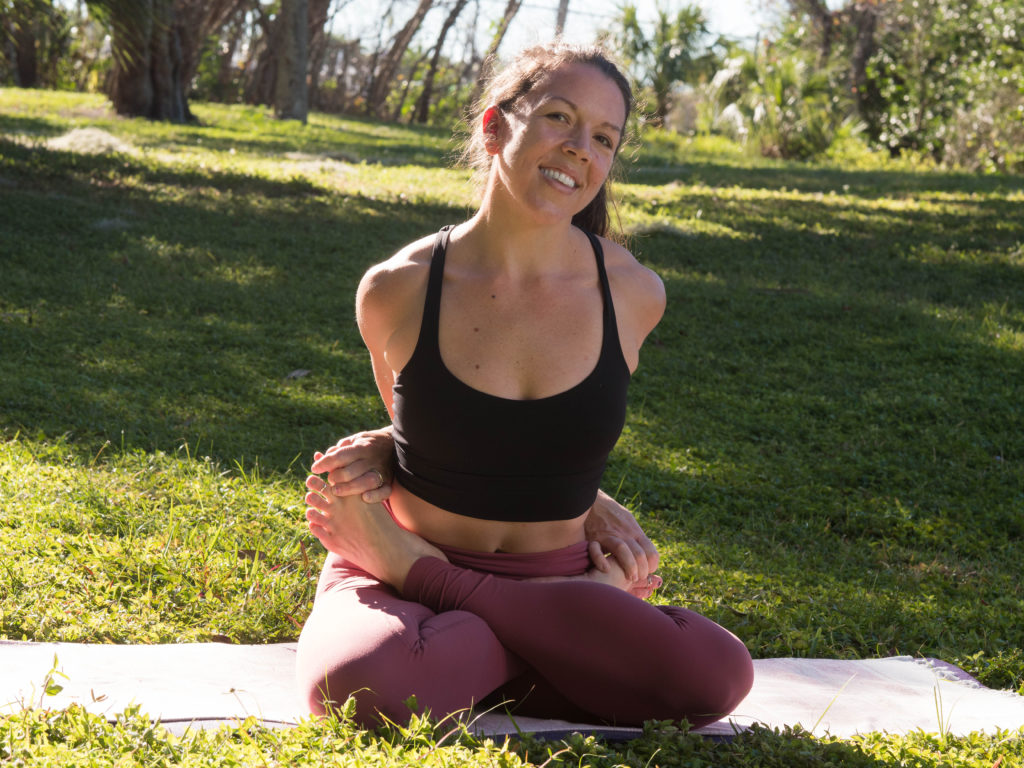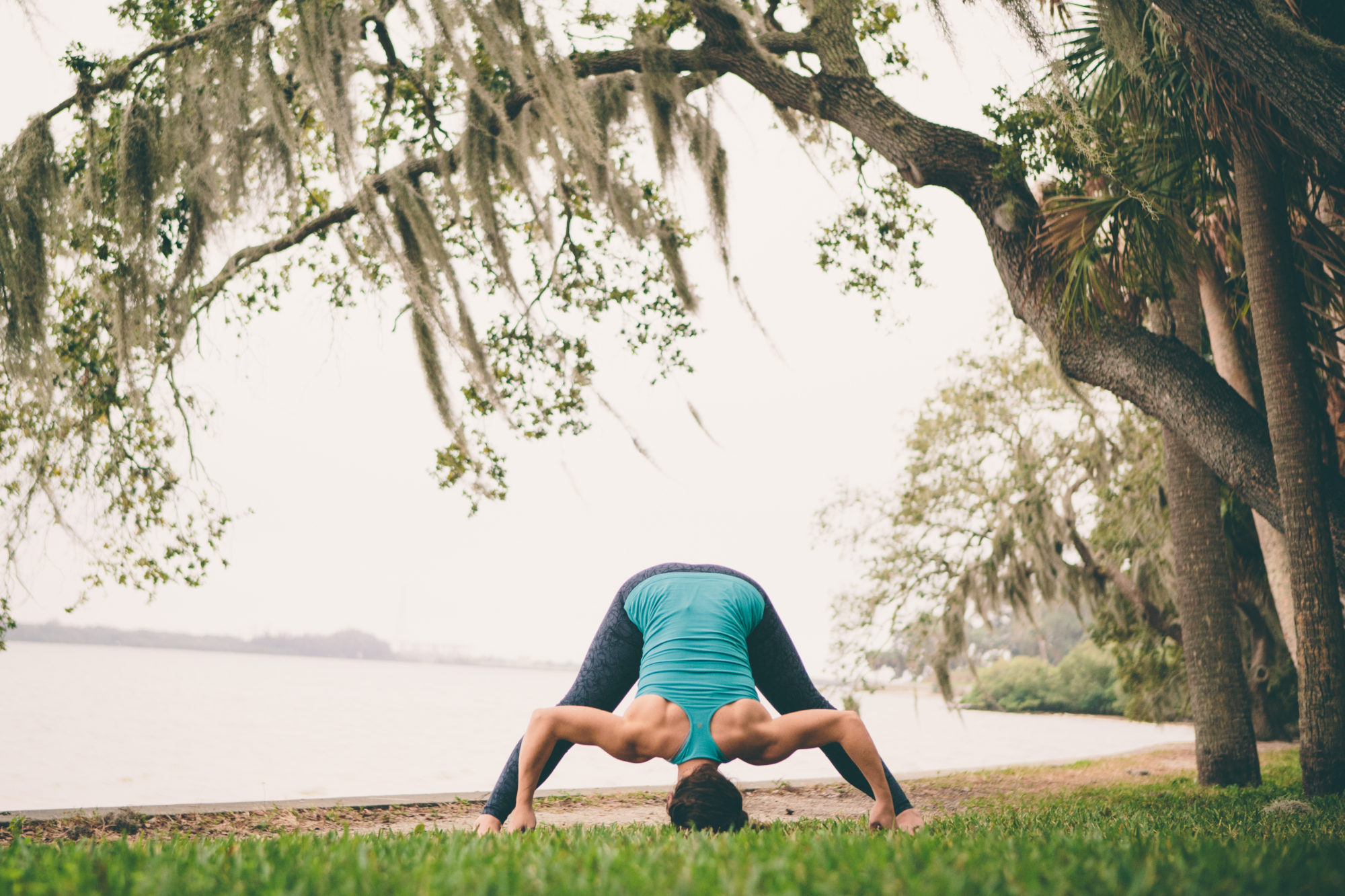Aparigraha, the fifth and final of the Yamas completes the first rung of Patañjali’s ladder toward Ultimate Liberation. This Yama requires the aspirant to practice non-grasping, to live life allowing for a state of flow to exist within all connections.
Grasping is an attempt to control. An attempt to mold and shape the outcome of our efforts and interactions into something of our own, instead of allowing what is possible to blossom. This practice of aparigraha leads aspirants away from the demands and stimulations of the outside world and guides the yogi deeper on the journey inward. The yogi will gain more control over their thoughts, words and actions and will find they are no longer ruled by the impulse to control the results of all of their connections.
Aparigraha opens students up to releasing the desire to own and allows us to let go of what is unnecessary and out of our control. Yogis are able to learn and truly embrace their own strength. Knowing they already have everything they need contained within their own hearts.
This practice leads to knowledge of the difference between committing and grasping. Commitment often starts with the best of intentions, a symbiotic connection which is mutually beneficial. Then, through a series of inevitable life events, commitment can turn into grasping and trying to control. And yet, it can seem impossible to identify the moment when a loving commitment, a gentle clasp of fingers, is transformed and suddenly a desperate, unrelenting desire to control is ruling the connection.
With discipline, self-study, connection, non-violence, truth, non-stealing and honoring of sacred energy, the yogi can start to notice when this transformation happens. The yogi will start to notice when they are attempting to control the outcome of their efforts and return to their own work of Kriyā Yoga and the previous Yamas.
For your journaling opportunity, explore ways you already know you try to grasp and control situations. Additionally, how might you change this pattern of trying to control into an opportunity for deeper self-study?
How could the practice of aparigraha apply to the time you spend practicing yoga on the mat?
How can this practice expand to include our personal relationships?
Currently, we’re exploring each of these Yamas (mahāvrata) as well as the Niyamas and trying to understand how we can start to integrate the lessons of these guidelines in our posture practice and our daily lives. Share how you’re experiencing and practicing truthfulness today and everyday with our Ashtanga community and read what others are learning by following #yogafoundationschallenge on IG.
Through the lens of our practice, we can start to view our patterns and reactions as a means to known them and adapt/change them as needed. I encourage you to practice with extra care over the next few weeks and journal about your experience on and off the mat. This will give you an additional tool to process the ideas and concepts we’ll explore throughout the challenge.
Tag @bellapranayoga in each entry along with #yogafoundationschallenge and #bellapranaashtanga to be entered in a drawing to win:
- Mysore Practice Rug
- Yogi Assignment by Kino MacGregor
- 4 oz bottle of Mahanarayan Oil
- PLUS 10% off workshops with Ajay Tokas in July 2020
See the daily schedule below and follow the tag #yogafoundationschallenge on Instagram to hear experiences from our community as well as share your own. Now, you take practice 🙂
- Friday, January 31 – Aparigraha – non-grasping, feeling the difference between holding and grasping
- Saturday, February 1 – Śauca – cleanliness and why it’s so important on our spiritual journey
- Sunday, February 2 – Saṃtoṣa – contentment, feeling joy everywhere
- Monday, February 3 – Tapas – self-discipline as a path toward freedom
- Tuesday, February 4 – Svādhyāya- self-study, repetition of mantras and calming the mind
- Wednesday, February 5 – Īśvara Praṇidhāna – connection to the unknown

